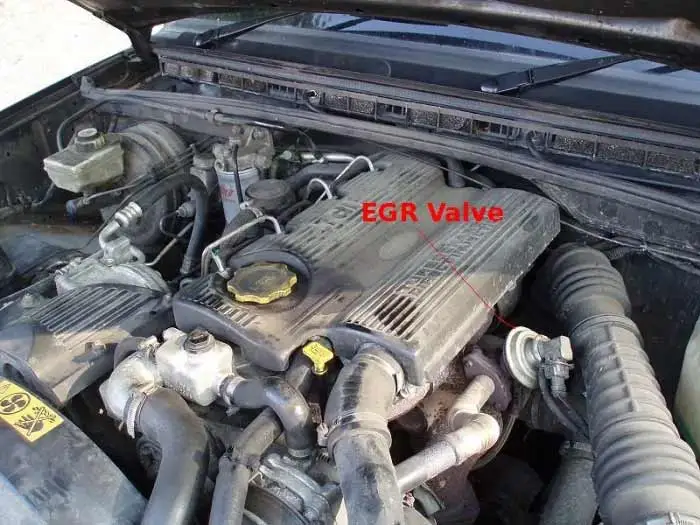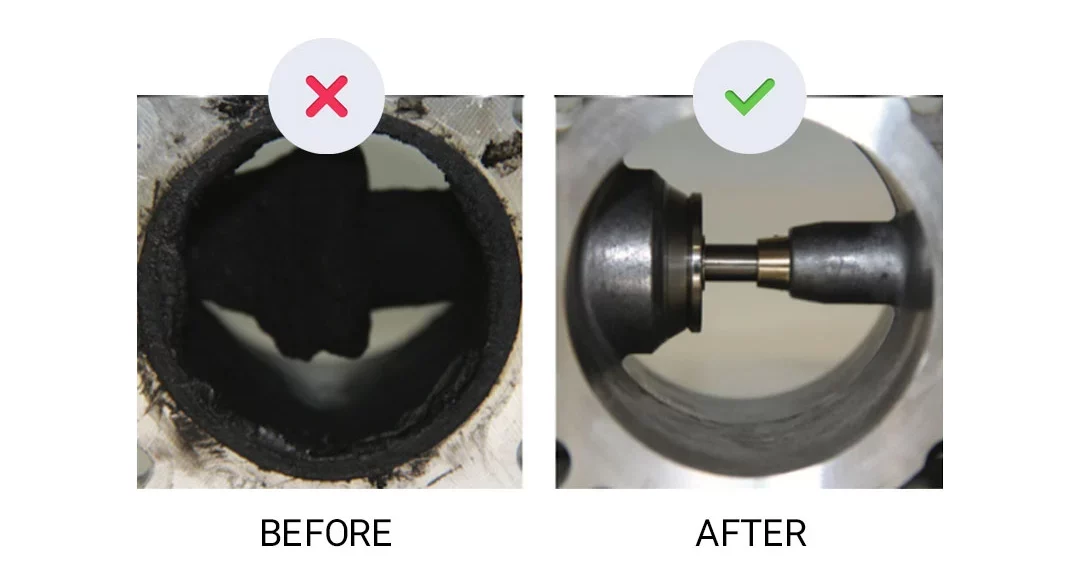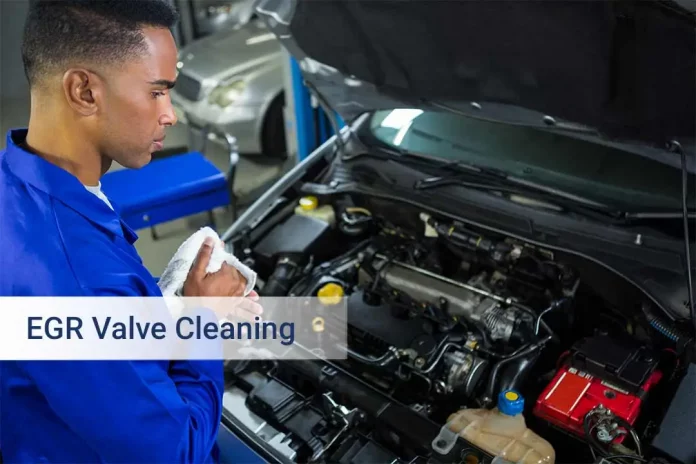The typical life of a car’s EGR valve is 10 years of service. Proper valve maintenance is important to prevent performance issues in your vehicle. If you notice a fuel smell coming from under the hood or experience a rough idle, it could mean a valve replacement is needed. In many cases, however, it is not necessary to change it immediately. Problems often arise over time due to the buildup of carbon and debris on the valve, preventing it from working.
In such cases, it is important to know the proper cleaning method to prevent possible problems.
Understanding the EGR valve
The EGR Valve is an integral part of your car engine. This represents air recirculation. Essentially, it is a device that helps control emissions. It sits between two important parts of the engine: the exhaust manifold and the intake manifold. Normally, when you start the engine, it remains shut down. However, as the engine warms up and works more, the valve opens. This allows some of the combustion air to return to the engine before oxygen is produced.

Strange as it may seem, this process helps modern engines perform better and last longer. It keeps the engine running at lower temperatures and reduces the emission of NOx and other harmful gases. However, over time, exhaust fumes can accumulate and clog the valve, causing engine problems.
Experts say you should clean the valve every few years. A good rule of thumb is to clean it every 50,000 miles
When to Clean the EGR Valve Function
Now that you understand the role of the EGR valve and the importance of cleaning, the next step is to determine when cleaning is necessary. This is an important thing to understand, as many individuals mistakenly discard their valves when a simple cleaning can get them working again.
The relevance of the EGR Valve to emissions means that indications are not always apparent. However, knowing what to look for can help you know when to clean. Here are some traits to look out for:
- Difficult to start the engine
- Rough idle
- Engine vibration
- Improper speed while driving
- Simple engine overheating
- The engine ‘pings’ under load
- The smell of unburned air and smoke
- Reduced gas mileage
Knowing these symptoms can help determine when to clean your EGR valve, which can save you from unnecessary replacements and ensure optimum engine performance.

Steps to Clean your EGR Valve
When you follow these simple steps, you will have a clean EGR valve, making your car run smoothly all over again.
- Prepare your car: Park on a flat surface, put it in “park”, engage the brakes, and turn off the engine. Disconnect the negative terminal of the battery.
- Look for the EGR valve: Your car can have one of three types: vacuum-controlled unit, electronic vacuum-controlled valve, or electronically controlled digital valve. Check your vehicle’s manual for its exact condition and location.
- Remove the valve: Remove the attached electrical cable by removing any parts blocking the valve and loosening the bolts. Don’t forget to discard and replace damaged gaskets.
- The First line of defense: Wear acid-resistant gloves and goggles to protect against carbon emissions. Spray debris with EGR valve cleaner and remove it with a pipe cleaning brush and dust scraper. Repeat until clean, then wipe the surface with a cloth.
- Soak for solidification: If necessary, soak the valve in the water cleaner for a few minutes, making sure to remove the plastic and electronic parts first. After soaking, repeat the brushing process.
By following these simple steps, you can properly adjust your EGR valve, ensuring the best performance of your vehicle. When the cleaning procedure is complete, return the EGR valve to its original position. Test the machine to make sure it is working properly. If the Check Engine light no longer illuminates, know that the cleaning was a success.
Also Read:


